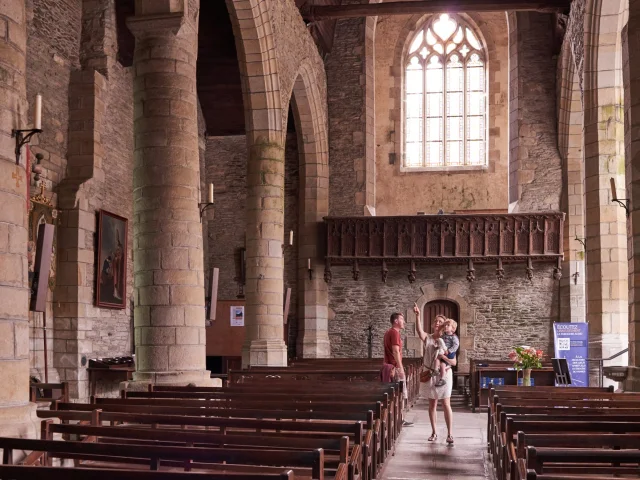

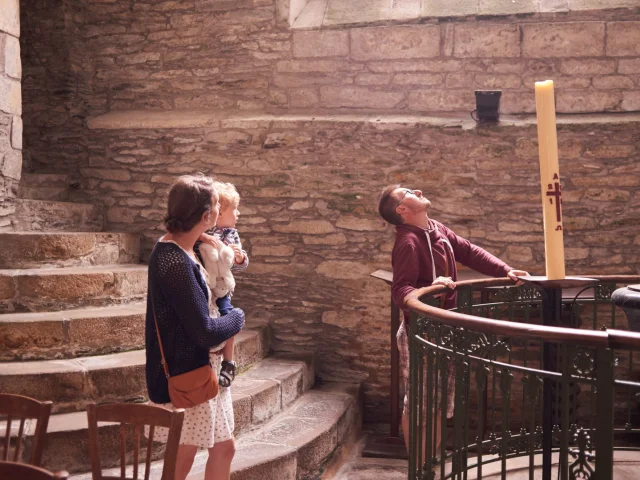
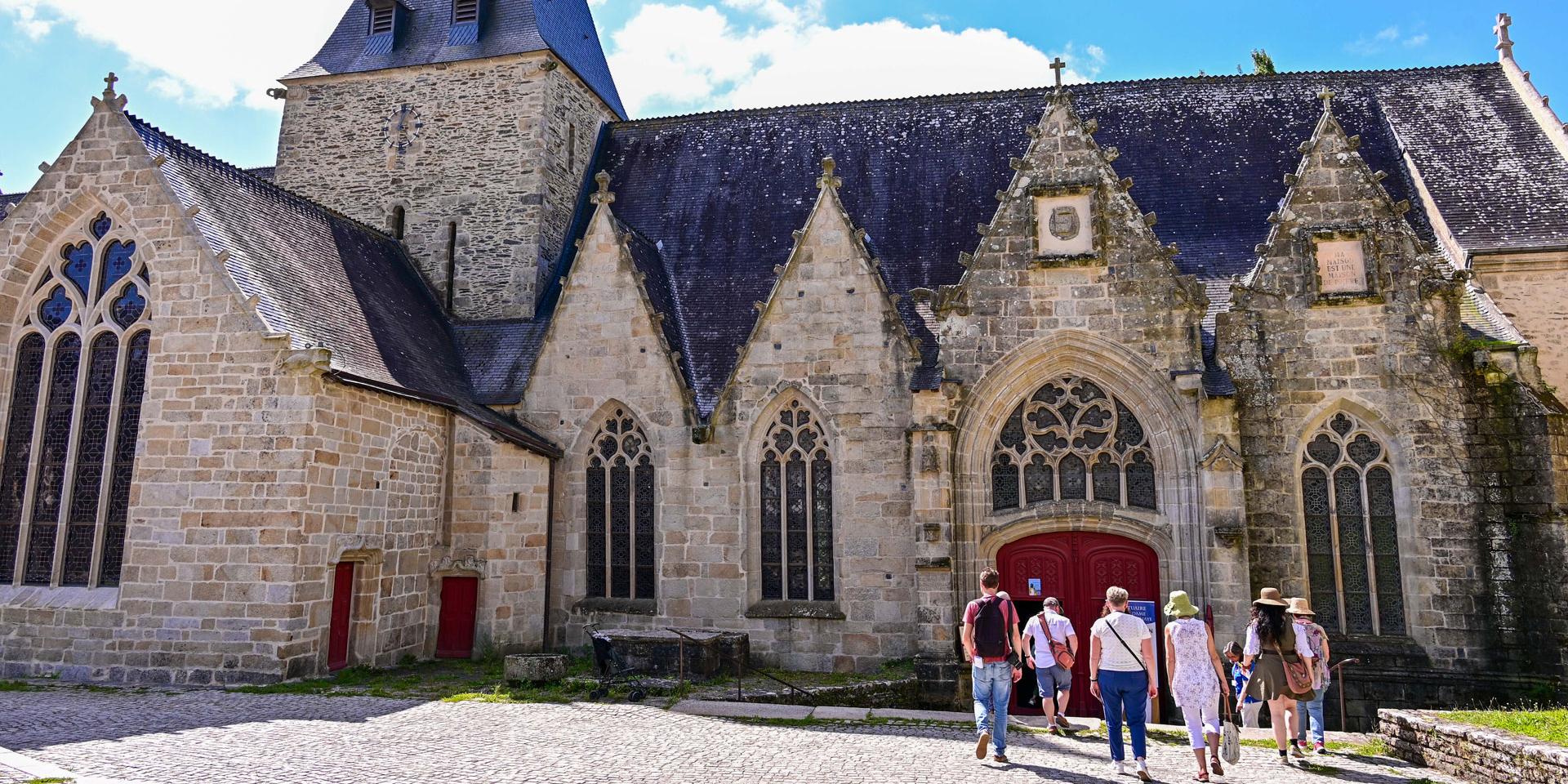 Visit Rochefort En Terre church
Visit Rochefort En Terre church


Previously, the building was a tréviale chapel (a branch of a parish, a subdivision made necessary by the remoteness of the place of worship; the term comes from the Welsh tref, meaning hamlet) dependent on the mother parish of Pluherlin. It was built in the 12th century in Romanesque style, with a square bell-tower. At the end of the 15th century, Jean IV de Rieux transformed the chapel into a collegiate church with a chapter of seven canons. Claude 1er de Rieux-Rochefort confirmed the foundation of the collegiate church, enlarging the choir and separating it from the nave by a rood screen, part of which now forms the tribune. At the time, the collegiate church housed thirteen canons. The north facade was rebuilt in the flamboyant Gothic style, where the inscription “En l’an 1533 fut cette œuvre parfaite” can still be seen. In the 17th century, a south aisle was built to buttress the church, which was beginning to slide southwards. This movement can still be seen today when looking at the interior columns. During the French Revolution, the church was converted into a warehouse for district administrators. It later became a parish church. In 1925, Notre Dame de la Tronchaye was crowned and the church became a Marian city.
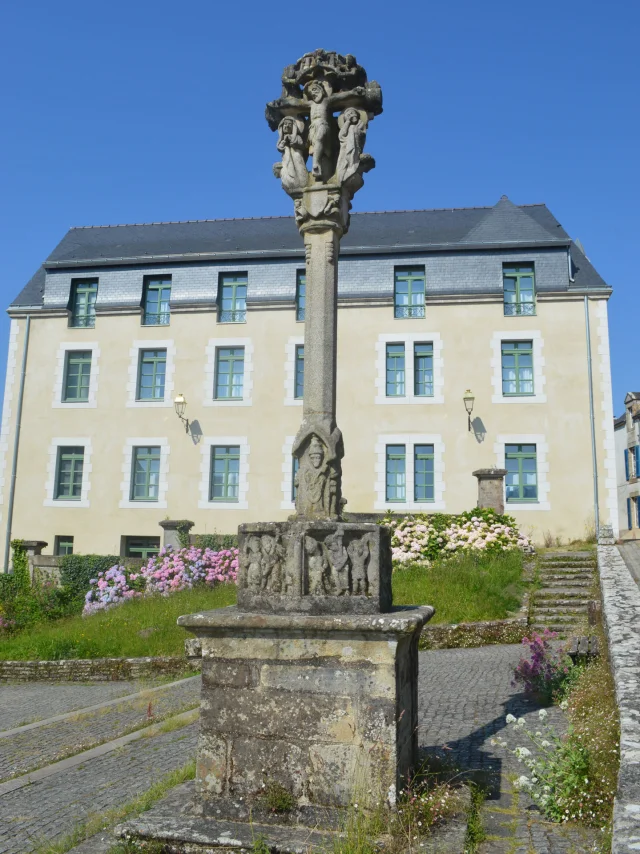 Calvary Church Rochefort En Terre
Calvary Church Rochefort En TerreThe calvary was erected in the middle of the old cemetery in 1533 by Claude 1er de Rochefort when he had the north facade of the collegiate church rebuilt. The calvary is of great interest as it illustrates numerous religious scenes, and thus played a part in the religious education of the local population. Six scenes from the Passion are depicted on its base:
On the shaft,
Finally, the sculptures on the upper part of the cross represent: the crucifixion on one side and the descent from the cross on the other.
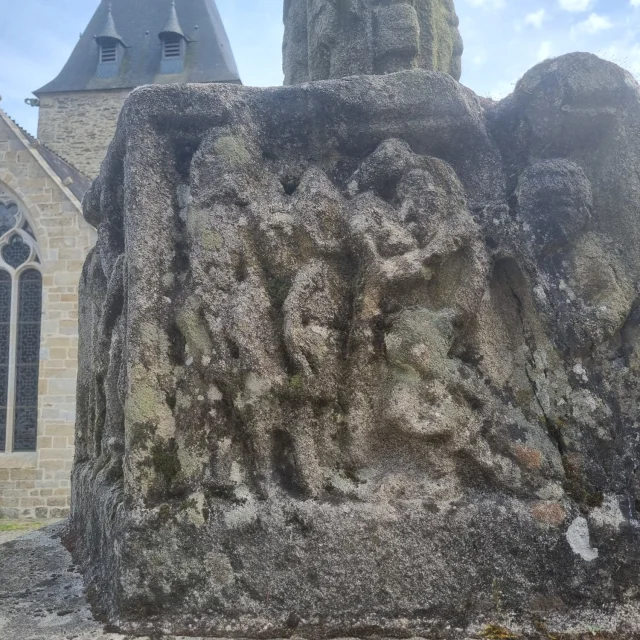 Web arrest
Web arrest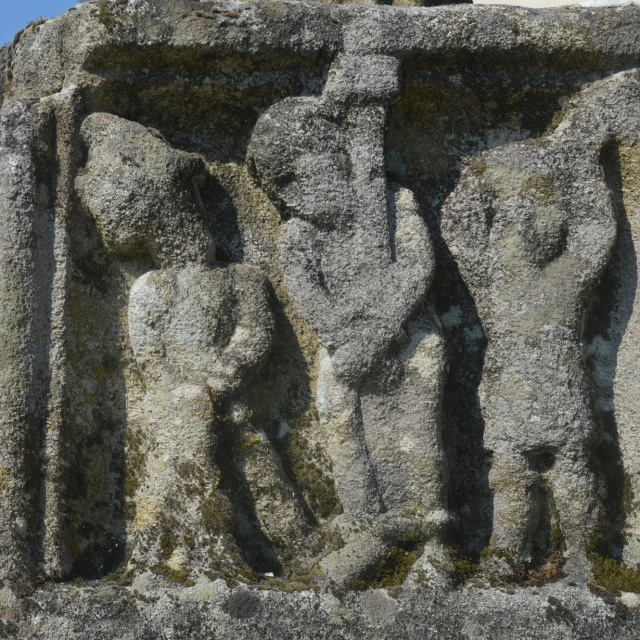 Web flagellation
Web flagellation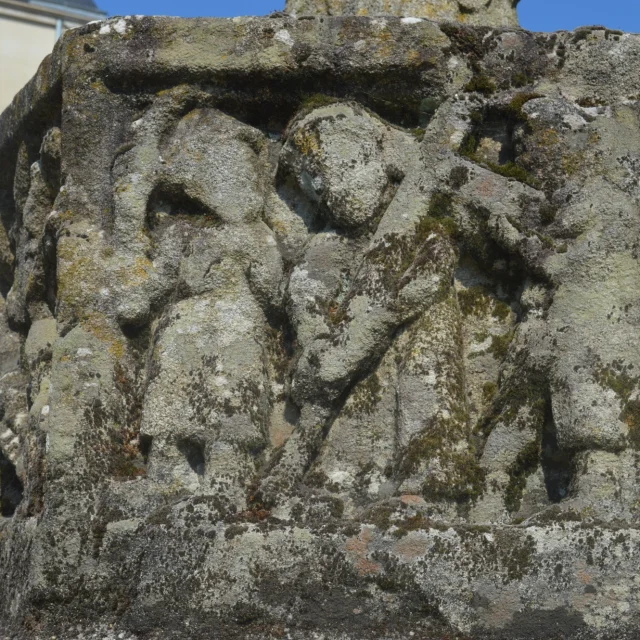 Le Portement De La Croix Web
Le Portement De La Croix Web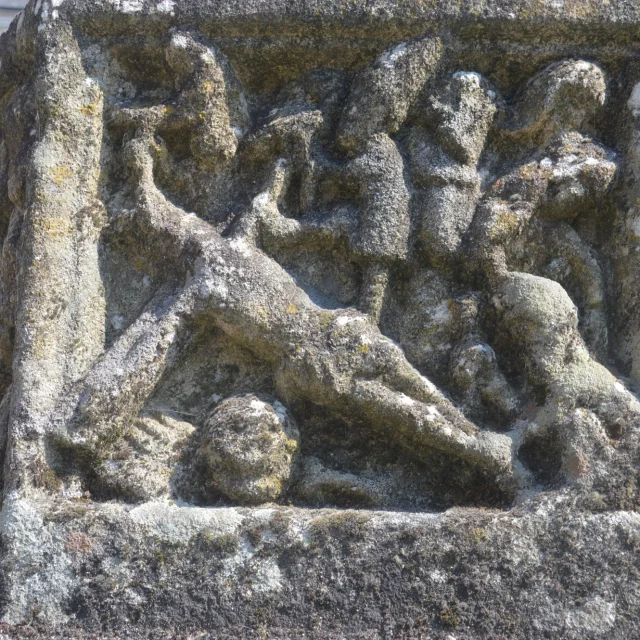 Web Crossing
Web Crossing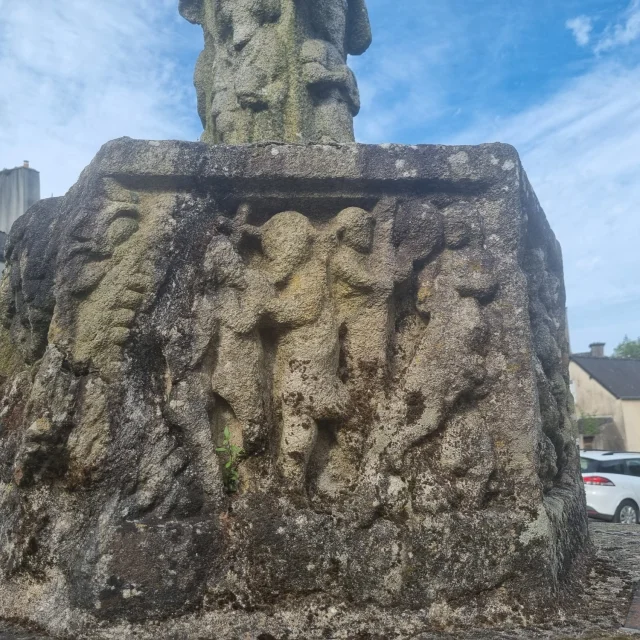 Descent into Web hell
Descent into Web hellOpen all year round, from 9am to 7pm from Easter to the end of September, and from 10am to 6pm the rest of the year. No visits during church services.